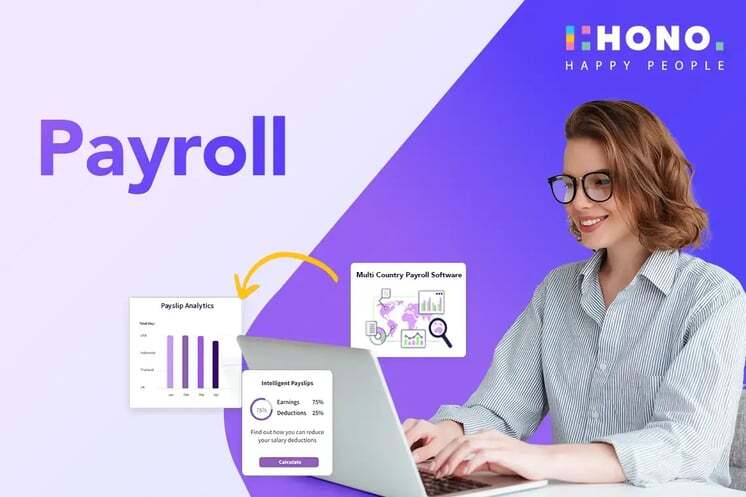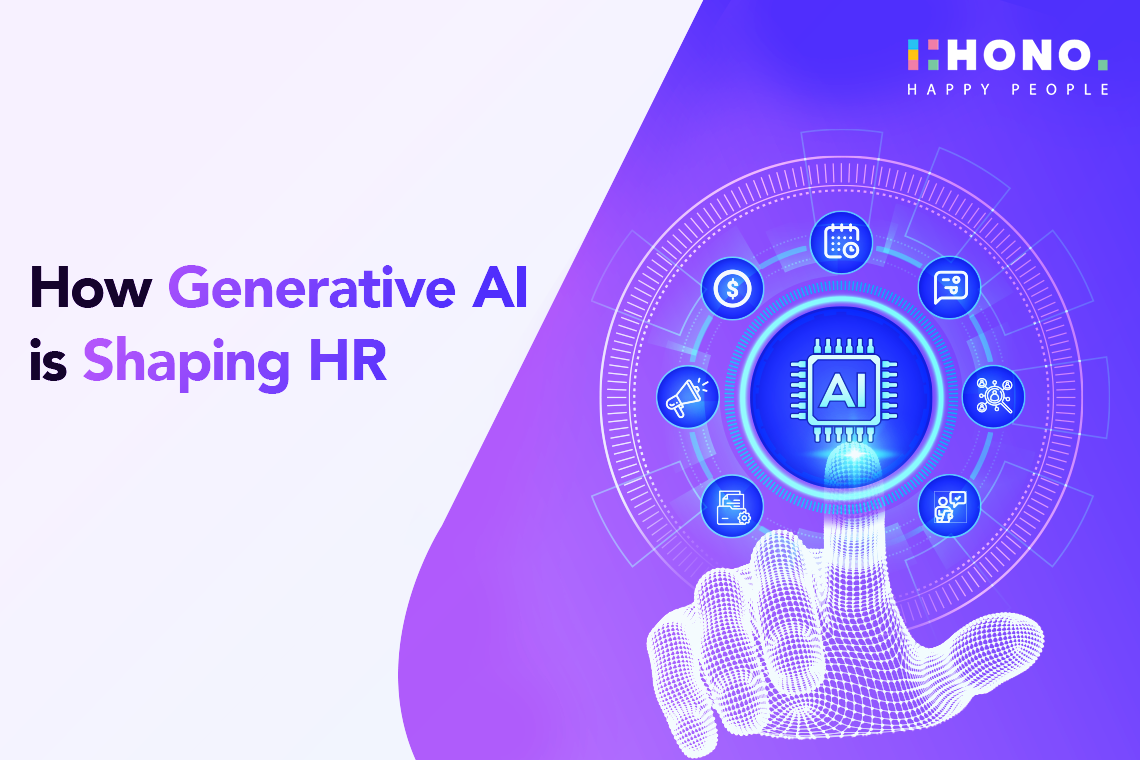According to a recent study by Gartner, approximately 54% of HR tool buyers expressed a preference for integrated HR software suites as they offer a smooth flow of data between applications and are recognized for their cost-effectiveness.
As organizations strive for efficiency and seamless operations, integrated payroll and HR software emerge as indispensable tools in managing workforce processes. Businesses often grapple with significant challenges when payroll and HR data operate in isolation. The absence of integration can lead to disjointed processes, hindering the ability to make well-informed decisions. Without the cohesion offered by integrated payroll and HR software, organizations face several key challenges including data silos, time-consuming processes, compliance risk, and limited decision-making insights.
Let’s explore more about integrated payroll and HR software, integrated payroll management, and employee payroll integration software checklist.
The Need for Integration
The current state of HR and payroll often finds itself trapped in data silos, hindering the potential for seamless operations. These data silos occur when payroll and HR data are kept separate, creating challenges that businesses must grapple with. To put this into perspective, consider that without integration, companies often face inefficiencies that impact their day-to-day operations. For instance, manual data entry and duplicated efforts become commonplace, leading to errors and discrepancies in employee records. This not only consumes valuable time but also poses a significant risk to the accuracy of crucial information. Breaking down these data silos is critical for fostering an environment of streamlined operations. A unified system that integrates payroll and HR data ensures that information flows seamlessly between different functions. This is not just a matter of convenience; it's a strategic move towards enhancing overall efficiency and decision-making.
Also Read: How to Choose the Best Payroll Software
Benefits of Integration
As businesses confront the challenges posed by data silos, the integration of payroll and HR software emerges as a transformative solution. This integration brings forth a myriad of benefits that positively impact various facets of organizational functioning.
Improved Data Accuracy: Statistics gleaned from integrated systems showcase a remarkable reduction in errors and discrepancies. By eliminating manual processes and promoting automated data flow, integration ensures that the information maintained is consistently accurate. This contributes significantly to maintaining the integrity of employee records and organizational data.
Time and Cost Savings: Integration isn't just about accuracy; it's also about efficiency. When payroll and HR data work seamlessly together, manual efforts decrease, saving valuable time and resources. Businesses witness tangible cost reductions as automated processes replace time-consuming manual tasks, allowing teams to focus on more strategic endeavors.
Enhanced Decision-Making: One of the most profound advantages of integration lies in the holistic view it provides. Integrated data offers a comprehensive understanding of the workforce, enabling better strategic decisions. Decision-makers gain access to real-time updates and insights, fostering a more informed and proactive approach to steering the organization toward its goals.
In essence, the benefits of integrating payroll and HR data extend far beyond operational efficiency—they pave the way for organizations to make decisions that are not only swift but also grounded in accurate, up-to-date information.
Also Read: Implement Attendance and Payroll Software
Integrated payroll management
In modern business operations, integrated payroll management plays a crucial role in improving efficiency. It changes how organizations handle payroll by combining it seamlessly with broader HR functions. Unlike older methods that involve separate systems causing complications, integrated payroll management ensures accuracy and streamlines processes. It's a practical approach to managing employee payments and related HR tasks more effectively.
Key Features of Integrated Payroll Management
Unified Data Flow: Integrated payroll management systems facilitate a seamless flow of data between payroll and HR functions, eliminating the need for manual data entry and reducing the risk of errors.
Efficiency Gains: By automating payroll processes and integrating them with HR systems, businesses witness significant efficiency gains. This not only saves time but also reduces the likelihood of errors associated with manual intervention.
Compliance Assurance: Integrated systems help businesses stay compliant with ever-changing regulations. By aligning payroll processes with HR functions, organizations can ensure that payroll practices adhere to the latest legal requirements.
Holistic Workforce Insights: Integrated payroll management provides a holistic view of the workforce. Decision-makers can access real-time data, enabling them to make informed choices that align with broader organizational goals.
Related: Features and Benefits of a Payroll System
Employee Payroll Integration Software Checklist
Selecting the right employee payroll integration software is crucial for organizations aiming to streamline their operations. Consider the following checklist to ensure that the chosen software aligns with your specific needs:
Seamless Data Flow: Ensure that the software enables seamless data flow between payroll and HR functions, reducing the need for manual data entry and minimizing the risk of errors.
Data Accuracy: Check for features that enhance data accuracy, such as automated calculations and real-time synchronization of payroll and HR data.
User-Friendly Interface: Opt for software with an intuitive and user-friendly interface, ensuring that HR and payroll staff can navigate the system with ease.
Compliance Tools: Verify that the software includes tools to assist with compliance management, helping organizations stay abreast of legal requirements and regulations.
Integration Flexibility: Choose software that offers flexibility in integration with other organizational systems, allowing for a seamless fit into existing workflows.
Reporting and Analytics: Look for robust reporting and analytics features, enabling organizations to derive meaningful insights from payroll and HR data for better decision-making.
Integrated payroll and HR software, especially in the form of integrated payroll management, offer practical solutions for businesses. By combining payroll tasks with broader HR functions, these tools streamline processes and enhance accuracy. The HONO's Employee Payroll Integration Software Checklist provides a guide for organizations to choose software that fits their needs, ensuring smoother and more efficient management of employee payments and related HR tasks. Embracing these integrated solutions can significantly improve how businesses handle their workforce processes, making operations more effective and precise.
Request a Demo Now.

.png?width=70&height=70&name=Team%20HONO%20logo-01%20(1).png)





.jpg)
